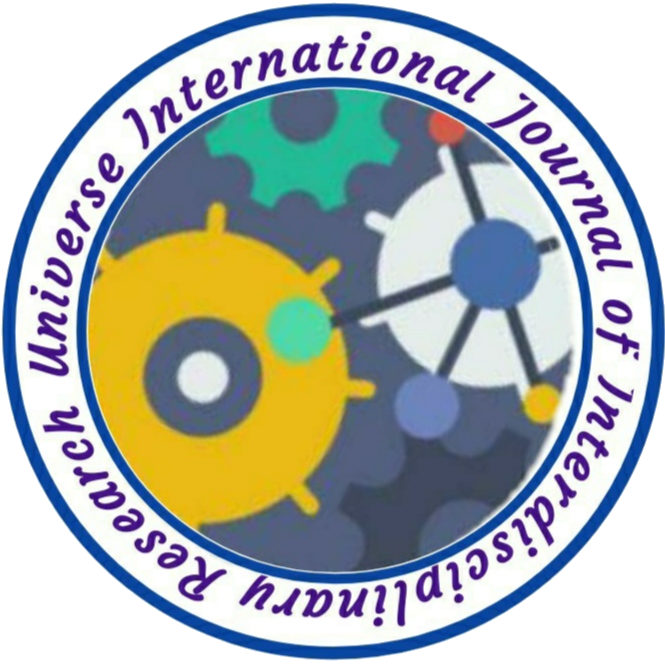MODELLING HIGHER DEGREE STUDENT DIGITAL CITIZENSHIP IN NIGERIA
Author Name: Afeez T. Jinadu Ph.D.
Volume: 01 & Issue:
Country: NIGERIA
DOI NO.: NA, DOI Link: http://doi-ds.org/doilink/08.2020-25662434/
Affiliation:
- Centre for Educational Research and Management Ibadan, Nigeria
E-mail:afeezjinadu95@gmail.com
ABSTRACT
The study investigated the consistency of the structural equation modelling of digital nativity, digital literacy, category of adoption of digital devices, and digital citizenship.Ex-post facto design was adopted. Simple random sampling technique was used to select three states from South West, Nigeria. Twenty postgraduate students were randomly selected from the chosen departments in the federal and state universities, while ten postgraduate students were randomly selected from three departments in the private universities making690 participantsfor the study. Digital Literacy test (Kuder-Richardson20 = 0.86) and Digital Construct Response Scale (reliability = 0.84) were the instruments. Data were analysed using path analysis at 0.05 significant levels.Four out of the six hypothesised paths significantly explained the consistency of the causal model. Digital nativity (0.95), category of adoption of digital devices (0.05), digital literacy (0.24), accounted for 99.7% of direct effect on digital citizenship, whereas digital literacy (0.01), accounted for 0.3% indirect effects on digital citizenship. Goodness-of-fit index and other model fits were χ2(2)=1.88; Absolute-Goodness-of-Fit Index = 0.99; Root-Mean-Square-Error-Approximation = 0.01. There was a positive causal effect among the variables therefore, higher degree students should consider digital nativity with inputs from category of adoption digital technology to become digital citizens.
Key words: Digital nativity, literacy, Adoption, digital citizen, and Causal Modelling

No comment